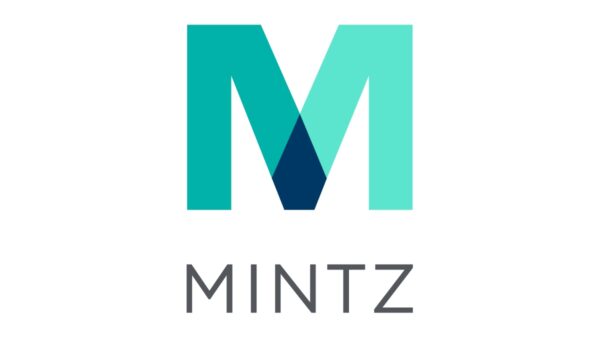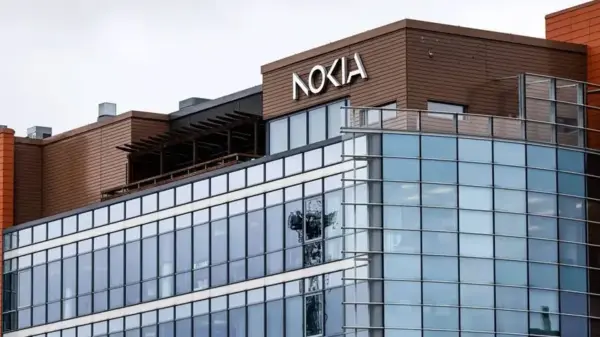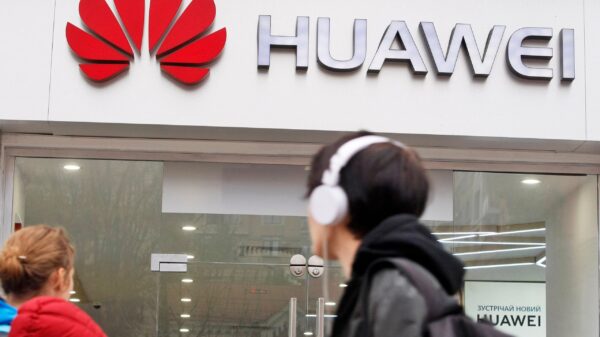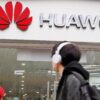Nokia has announced a significant expansion of its U.S. operations with plans to invest $4 billion over several years, targeting advanced research and development (R&D) in next-generation connectivity technologies. This initiative aims to enhance the company’s capabilities in mobile, fixed access, optical, and data center networking solutions. The investment comes as part of a broader strategy in collaboration with the U.S. administration, building upon Nokia’s earlier $2.3 billion expenditure related to its acquisition of Infinera.
Of the total investment, approximately $3.5 billion is earmarked for R&D based in the United States, focusing on technologies essential for mobile networks, IP routing, optical systems, and defense applications. This effort will build on the legacy of innovation at Nokia Bell Labs in New Jersey. The remaining $500 million will bolster manufacturing capabilities in states including Texas, New Jersey, and Pennsylvania, supporting facilities aligned with the CHIPS Act and connected endeavors in semiconductor research and testing.
Nokia’s expansion plans are designed to keep pace with the increasing demand for AI-ready technologies, as highlighted by Secretary of Commerce Howard Lutnick. “Their investment in manufacturing, packaging, and R&D for optical chips means the most innovative technologies that power AI, data centers, and critical national security applications will be developed and built here in the U.S.A.,” Lutnick stated. Nokia’s CEO, Justin Hotard, emphasized the significance of this investment in improving national security and productivity through AI-optimized connectivity.
The Finnish telecommunications giant has recently unveiled a new strategy aimed at streamlining its operations to enhance profitability. Over the next three years, Nokia expects to boost its annual core profit by as much as 60%. To support this goal, the company plans to reorganize into two primary segments beginning in 2026: network infrastructure, which will focus on AI and data centers, and mobile infrastructure, centered on core telecommunications activities.
The network infrastructure segment will encompass three business units: optical networks, IP networks, and fixed networks. Concurrently, the mobile infrastructure segment will integrate Nokia’s core networks portfolio, radio networks portfolio, and technology standards, previously part of Nokia Technologies. This restructuring aligns with a broader industry trend toward the integration of AI technology in telecommunications, facilitating more efficient and scalable network solutions.
As Nokia moves forward with its plans, the implications for both the company and the U.S. market could be profound. By positioning itself as a leader in AI-optimized connectivity, Nokia aims to secure its role in shaping the future of telecommunications. With its substantial investment in R&D and manufacturing, the company is not only expanding its footprint but also contributing to the technological landscape that will define the next generation of networking solutions.
 AlphaFold Enhances Drug Discovery as Genesis AI Unveils Pearl Model with Sub-Angstrom Accuracy
AlphaFold Enhances Drug Discovery as Genesis AI Unveils Pearl Model with Sub-Angstrom Accuracy Europe’s AI Act Sets Strict Risk Regulations: Major Compliance Deadlines Looming for Tech Firms
Europe’s AI Act Sets Strict Risk Regulations: Major Compliance Deadlines Looming for Tech Firms Nvidia Stock Rises 1.79% as Trump Considers Selling H200 AI Chips to China
Nvidia Stock Rises 1.79% as Trump Considers Selling H200 AI Chips to China Mitsotakis Signs AI Cooperation Agreement with Mistral AI to Boost Greek Tech Ecosystem
Mitsotakis Signs AI Cooperation Agreement with Mistral AI to Boost Greek Tech Ecosystem









































































